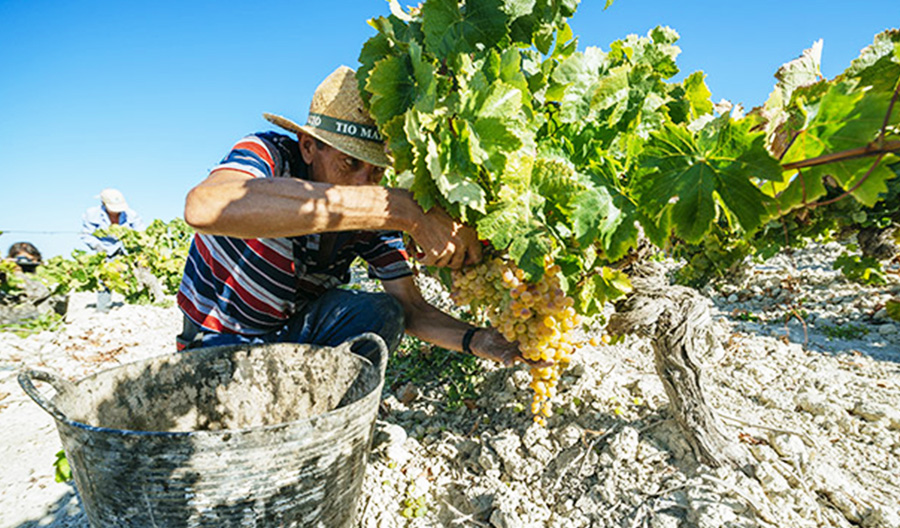Though it enjoys a long history, Chenin Blanc is finally receiving the global recognition it deserves. The variety arrived in France’s Loire Valley more than a thousand years ago was firmly established by the 15th century. Yet, it never enjoyed the same caché as other storied French grapes.
That’s changing, thanks in large part to its adventures beyond European soils.
Chenin Blanc’s initial popularity in the New World was a result of the variety’s vigorous, high-yielding vines. The grape gained a reputation as a workhorse; it was often used for simple, large-production wines and as a base for brandy.
Now it’s starting a new chapter in the New World: Not only can Chenin Blanc acclimate to a variety of conditions, it can also deftly express its terroir. Typically, the grape buds early and ripens late, which makes it a versatile player in the production from dry to sweet and even sparkling wines.
Chenin Blanc’s initial popularity in the New World was a result of the variety’s vigorous, high-yielding vines.

South Africa
South Africa has a long-established linkage with Chenin Blanc. Also known as Steen, the variety may have been one of the first grown in the country, as early as the mid-1600s. It’s now planted throughout the winelands, particularly in Breedekloof, Paarl, Swartland and the Olifants River region, and represents approximately 18% of total acreage under vine, making it the most widely planted grape. Today’s Chenins are produced across all styles, from still to sparkling and dry to sweet.
California
Chenin Blanc was a popular blending cultivar throughout the state during the 1970s and ’80s, often combined with Chardonnay and Colombard to lend acidity to large-volume, easy-drinking white wine. And though acreage devoted to the grape once surpassed that of France, its extensive presence was short-lived. There are now more than 4,700 acres throughout California, with Clarksburg, Mendocino and Napa Valley among its most popular American Viticultural Areas (AVAs).
Oft-prized, vine age has not saved Chenin from its fate. At the start of this decade, nearly all of the 207 existing acres had at least 20 years of age. Today, only 30 old-vine acres remain—the rest have been ripped out to plant more popular and profitable varieties.

